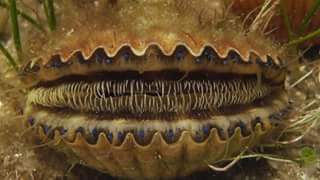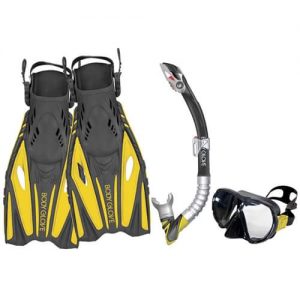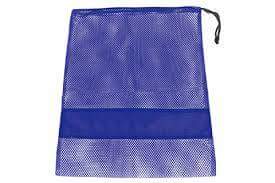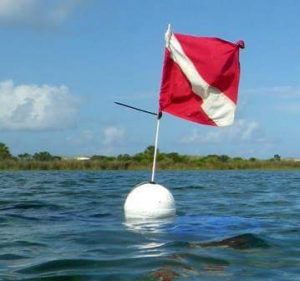Scalloping Unshucked: Useful Tips When Scalloping

Scallop Season! No other words seem to get people more excited to get in the water. Scalloping is one of the most anticipated activities during the summer months in St. Joseph Bay. Thousands of people from across the United States purposely plan their vacations to Cape San Blas specifically during this exciting season. Whether a person is a beginner or a veteran, here are some useful tips for scalloping.
Scalloping Essentials and Equipment:
- Fishing License: A Fishing License is required for people who are swimming, snorkeling or scuba diving to scallop. Those scalloping by wading (feet that do not leave the bottom to swim, snorkel, or scuba dive) are not required to possess a fishing license. However, the good news is that there are a few days designated Free Fishing Days. With regard to Scallop Season, a free fishing day would kick-in on the first Saturday in September–meaning a person can scallop either by swimming, snorkeling or scuba diving without being required to purchase a fishing license on that day.
- Mask, Snorkel and Sometimes Water Shoes and Fins: Make sure the seals on the mask are not dried out or cracked. A leaking mask while scalloping is no fun! For those who prefer to wade while scalloping, investing in a pair of water shoes would protect the feet from stepping on urchins or other sharp or pointy objects.

- Gloves and Dip Net: Most individuals gather scallops using their bare hands. However, some prefer to put on a par of gloves or use a small dip net to scoop up the scallops. When scalloping, sometimes the scallops try to swim away using jet propulsion. Don’t worry, they do not swim fast though.
- Drawstring Mesh Bag: This is recommended as it will allow a person to keep the scallops secure while gathering them and the bag provides the least resistance to swimmers as they are wading or snorkeling for scallops.

- Scallop Knife: Scalloping has two components: Gathering and Cleaning. Using a scallop knife, as opposed to a butter knife, will make cleaning the scallops both more efficient and effective.
- Tip: Cleaning the scallops on the boat and tossing the remains back into the bay saves time, energy and a not-so-pleasant smell on shore because the scallop remains are left in the woods, in the trashcan or elsewhere where the smell travels and becomes a stench.
- Good Scalloping Spot: While some people prefer to wade along the bayshore or near it to gather scallops, others enjoy taking a boat, canoe or kayak into the bay and look for nice scalloping spots.
- Locating the Perfect Scalloping Spot
- The best scalloping spots are normally where the water is 4 to 8 feet deep in the bay. Also, look for sea-grass beds. Why? Because often, scallops are located in the sea-grass beds or near the edges of sandy-spots. They are usually easiest to see in the areas where the sand bottom meets the edge of the sea-grasses.
- Dive Flag: Whether a person is swimming, snorkeling, scuba diving or wading for scallops, a dive flag is required.
- Dive Flag Requirements
- Displayed On The Boat: A dive flag must be at least 20 inches by 24 inches. A stiffener is required to keep the flag unfurled. It must be displayed above the highest point of the boat and taken down when divers are out of the water.
- Displayed on float attached to snorkeler: The dive flag must be at least 12 inches by 12 inches.
- Divers must make reasonable efforts to stay within 300 feet of a divers-down flag on open waters (all waterways other than rivers, inlets or navigation channels) and within 100 feet of a flag within rivers, inlets, or navigation channels.
- Vessel operators must make a reasonable effort to maintain a distance of at least 300 feet from divers-down flags on open waters and at least 100 feet from flags on rivers, inlets or navigation channels. Vessels approaching divers-down flags closer than 300 feet in open water and 100 feet in rivers, inlets and navigation channels must slow to idle speed.
- Dive Flag Requirements
- Locating the Perfect Scalloping Spot

- Cooler and Ice: As the scallops are gathered, it best to put them on ice to preserve the freshness. In addition, the ice will cause the scallops to open up. Thus, cleaning the scallops becomes much easier and faster.
- Bag Limit: 2 gallons whole bay scallops in shell, or 1 pint of bay scallop meat per person. Maximum of 10 gallons of whole bay scallops in shell, or 1/2 gallon bay scallop meat per vessel.
We hope that these tips will prove helpful during the upcoming Scallop Season! Enjoy!

